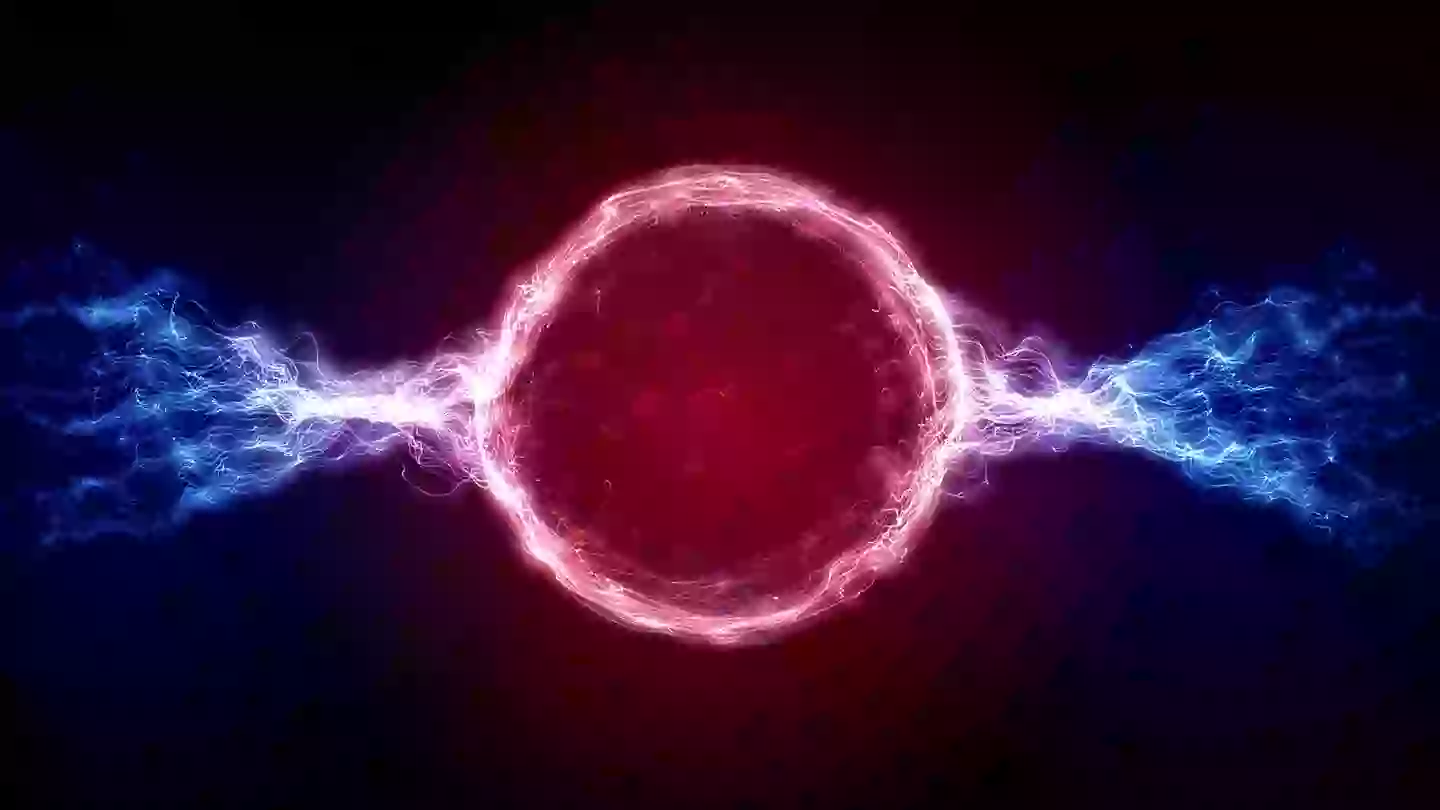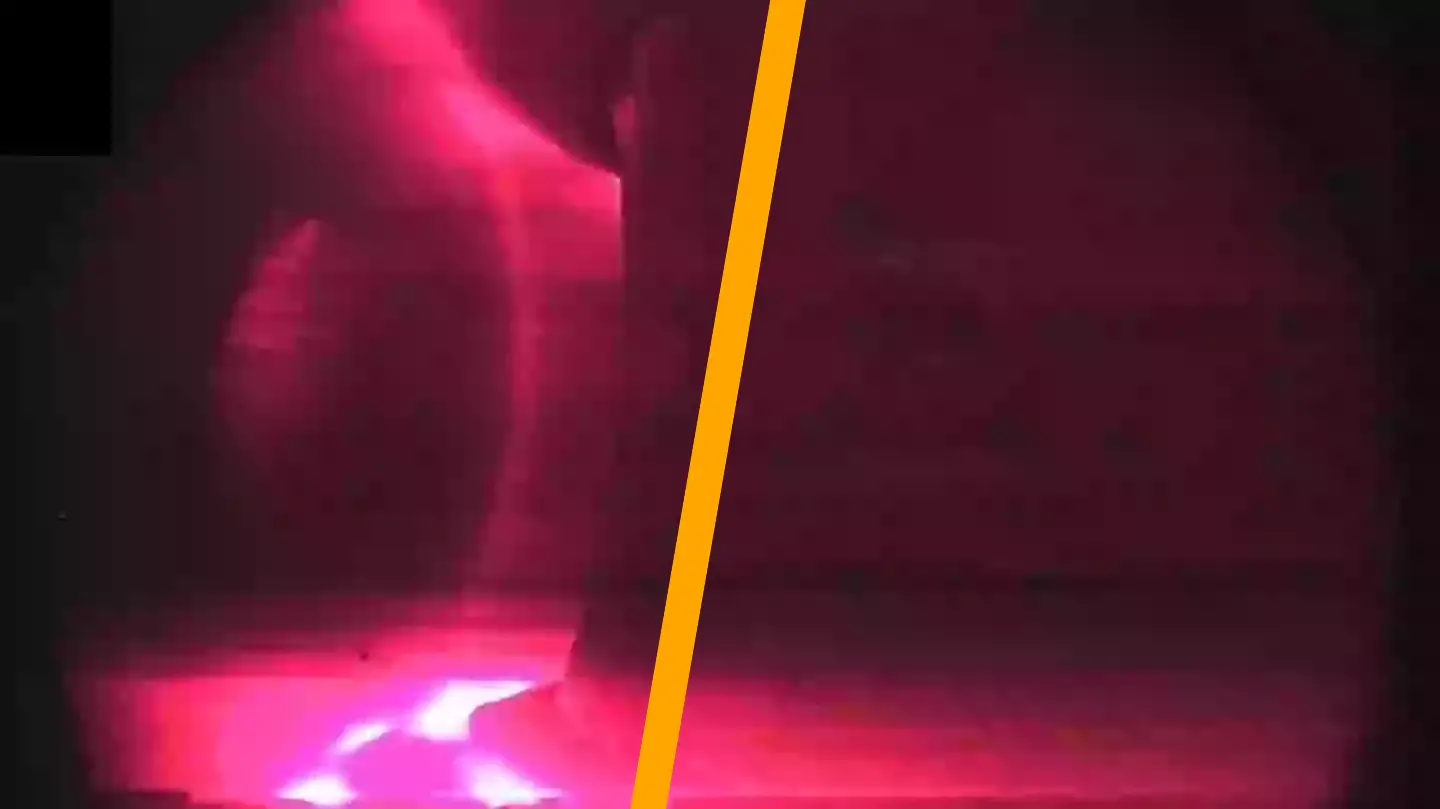Feeling underwhelmed by our regular sun? Remarkable progress has been achieved in the development of an ‘artificial sun’ that sets a new world record.
While it might seem unnecessary to have another sun when we already possess a functional one, the groundbreaking work by a team of scientists from southern France is truly astounding.

Last Wednesday (February 12), the WEST reactor, part of the French Atomic Energy and Alternative Energies Commission, maintained a plasma for over 22 minutes. WEST stands for the Environment in Steady-state Tokamak, with the ‘W’ representing tungsten’s chemical symbol.
But what is the significance of this achievement?
The artificial sun aims to provide limitless clean energy for humanity indefinitely, utilizing hydrogen isotopes. Just one gram can produce energy equivalent to 11 tonnes of coal.
The team behind this achievement successfully ignited the same chemical reaction that powers our Sun.
Mastering this technique could offer humanity an infinite clean energy source without producing hazardous waste like nuclear fission in power plants.
An artificial sun reactor holds the potential to bypass drawbacks of traditional energy sources, eliminating emissions associated with fossil fuels.
A nuclear fusion reactor fuses atomic nuclei to generate enormous energy that can be converted into electricity.
Anne-Isabelle Etienvre, Director of Fundamental Research at the French Alternative Energies and Atomic Energy Commission, stated: “WEST has achieved a new key technological milestone by maintaining hydrogen plasma for more than twenty minutes through the injection of 2 MW of heating power.”

“Experiments will continue with increased power.”
The idea of recreating the Sun’s nuclear fusion process has moved beyond science fiction, as scientists globally have dedicated 80 years to making it a reality.
This process involves creating plasma, the fourth state of matter after solid, liquid, and gas. Deuterium and tritium serve as fuel in the chamber, transforming into plasma when heated beyond 50,000,000°C.
The challenge is to keep the plasma stable without it cooling down and reverting to gas.

